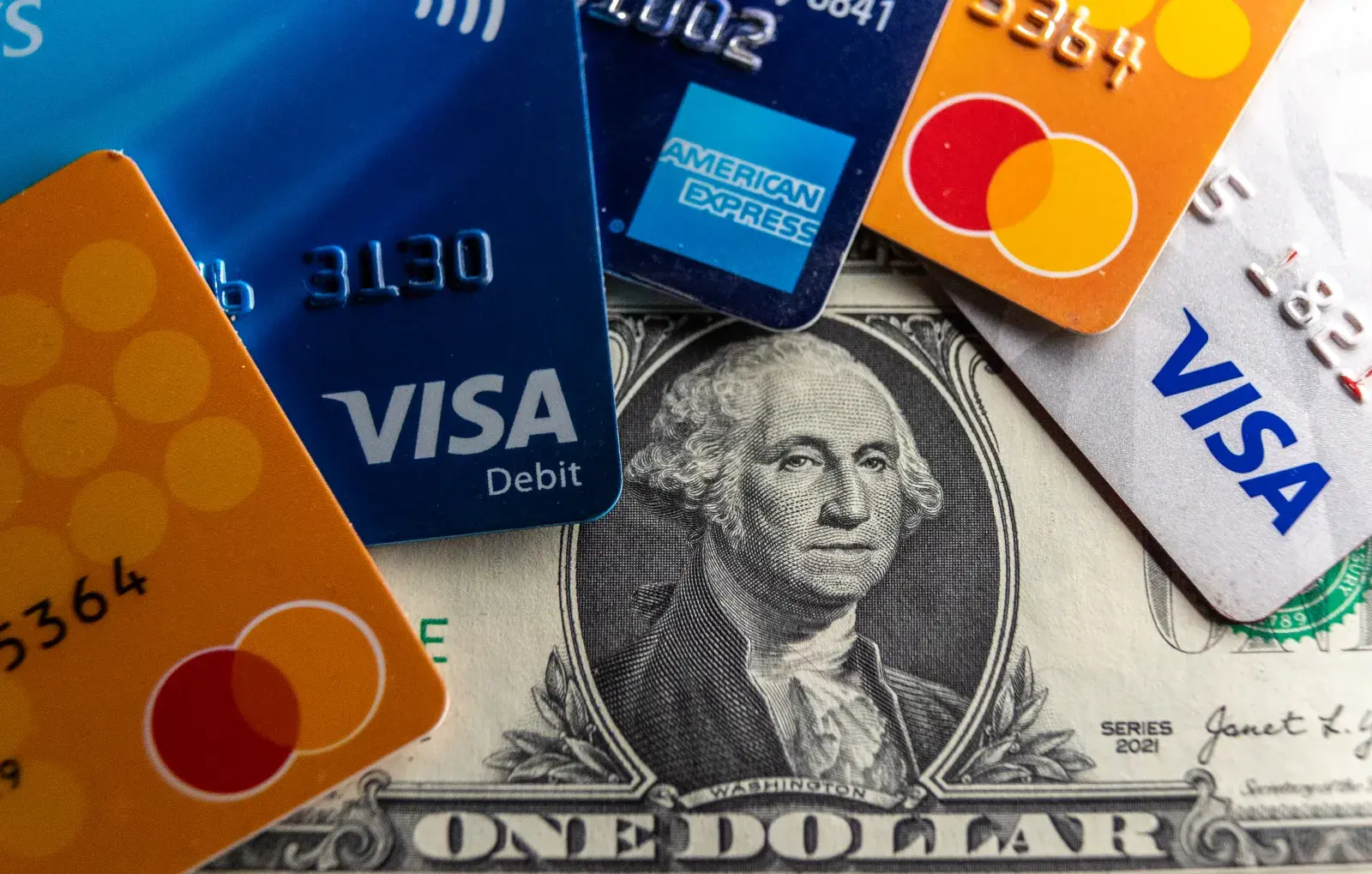By Hugh Cameron
Copyright newsweek

The U.S. dollar has been on a steady slide since the outset of President Donald Trump’s second term—a reflection of the economic turbulence that has defined 2025, and a trend which could be felt in every Americans’ wallet.
As observed earlier this year, Trump has presided over the greenback’s roughest opening stretch since 1973, a decline that shows few signs of slowing down. The U.S. Dollar Index—which tracks its value relative to a basket of other major currencies—stands at 97.5 as of Thursday morning, now down roughly 10 percent since the start of the year.
Why is the Dollar Tanking?
The value of any currency hinges on demand, and lately, demand for the dollar has been hit by concerns about the trajectory of the U.S. economy.
As experts told Newsweek previously, investors have been abandoning U.S. dollars and dollar-denominated assets such as Treasury bonds, spooked by inflation, mounting national debt, and signs of fiscal irresponsibility. Meanwhile, the administration’s mercurial trade moves, alongside its explicit criticisms of the Federal Reserve, have sown uncertainty about America’s financial stewardship. Long considered a “safe haven,” some believe the dollar is now facing a global crisis of confidence.
“In the short run, the dollar can be driven a lot by sentiment, market positioning, and how firms are hedging their currency exposures,” Michael Pearce, deputy chief U.S. economist at Oxford Economics, told Newsweek. “A lot of international investors were overweight[ing] the dollar at the beginning of the year, and this reversed as investors grew more pessimistic about the U.S. outlook relative to the rest of the world in the first half of the year.”
Does the Administration Want a Weaker Dollar?
There is a certain ideological rift within the administration over the respective benefits of a weak or strong dollar.
Treasury Secretary Scott Bessent has championed the continued strength and global centrality of the U.S. dollar—a stance occasionally echoed by Trump.
The Visa, Mastercard and American Express logo on various credit cards and debit cards on top of a dollar bill. (Anna Barclay/Getty Images)
However, Vice President JD Vance has in the past decried the dollar’s dominance and its status as the world’s premier reserve currency as an impediment for American producers and exporters. Stephen Miran, now a Trump appointee to the Federal Reserve Board of Governors, has long positioned himself as a skeptic of strong-dollar policy. This forms the central pillar of the so-called “Mar-a-Lago Accord”—a proposed economic strategy to rebalance trade and reshape the world economy in America’s favor.
In July, Trump also highlighted the perks of a weakened dollar, noting that the alternative can discourage tourism, and pointing out that many countries deliberately weaken their currency to make exports more competitive.
What a Weaker Dollar Means for Your Wallet?
Rising Prices at Home
Peter Simon, a professor at Salem State University’s department of economics, told Newsweek that a declining dollar can put wind in the sails of America’s exports, and therefore provide a boon to U.S. manufacturers “since our goods (our dollars) are now cheaper.”
However, the flip side is a hit to imports—already set for a heavy decline after Trump’s reciprocal tariffs took effect in early August. This could prove inflationary as imported goods become costlier, and retailers pass these along to their consumers. The weaker dollar may therefore amplify the risk that tariffs could up prices in the fall and into the holiday shopping season beyond what was already feared.
Increased Travel Costs
For most Americans, the first sign of a weakening dollar hits when they step off U.S. soil. Those planning trips abroad may find their budgets shrinking as the dollar fetches less in foreign currencies. What once covered a comfortable hotel stay or a leisurely dinner in Europe or Asia now stretches thinner, turning vacations and business trips into noticeably more expensive endeavors.
Investment and Retirement Concerns
Investors with holdings in foreign currencies could benefit, as these assets increase in value when held against the declining dollar.
However, for the typical American reliant on domestic investments—401(k)s, for example—the effects are inverted. A weakening dollar can chip away at the purchasing power of savings, making their financial cushions weaker. What might prove a tailwind for internationally minded investors could translate into a slight squeeze on the wallets of those whose wealth is tied to the U.S. economy.
Will the Dollar Recover?
While the dollar has shown signs of recovery in recent days—earning a slight bump after Federal Reserve Chairman Jerome Powell struck a more cautious tone on future rate cuts—its long-term outlook remains uncertain.
“The dollar has been strong for many years and looks overvalued, so we expect the dollar will continue …



